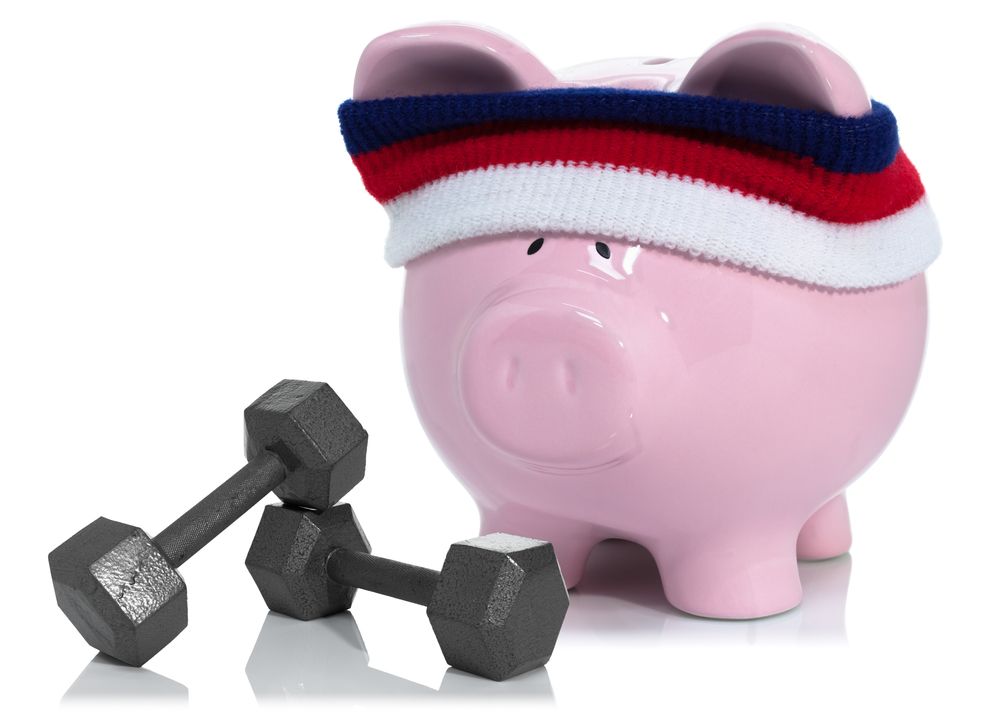
Welcome to the journey of financial fitness! Just as a healthy lifestyle requires both a balanced diet and regular exercise, achieving financial health involves a combination of cutting unnecessary expenses and strengthening your savings. In this article, we’ll explore tried-and-true methods to help you trim the fat from your budget and bulk up your savings, setting a course for a financially fit future.
Understanding Your Financial Baseline
To start trimming the fat from your budget, you need to understand your financial baseline. Begin by tracking your income and expenses for at least one month. This will give you a clear picture of where your money is going and where you might be overspending.
Once you have a good grasp of your spending habits, categorize your expenses. Essential expenses like housing, utilities, groceries, and transportation are non-negotiable, but there might be room for optimization. Discretionary expenses, such as dining out, entertainment, and shopping, are areas where you can likely cut back.
Revisit your financial goals during this process. Are you saving for a down payment on a house, building an emergency fund, or planning for retirement? Understanding your goals will help you prioritize your spending and identify which areas of your budget can be trimmed.
Eliminating Unnecessary Expenses
The first step to a leaner budget is cutting out the unnecessary expenses. These are the little (or big) luxuries that you can live without. Start with the low-hanging fruit, like subscription services you rarely use or memberships to clubs or gyms that you don’t frequent often. Every dollar saved on these items is a dollar that can go towards your savings.
Next, tackle the more significant expenses. Can you renegotiate your phone plan, insurance premiums, or refinance loans to get a better rate? Often, service providers offer competitive rates or discounts to retain customers—don’t be afraid to ask.
Be mindful of impulse buys and emotional spending, as they can quickly add up. Create a rule for yourself, such as waiting 24 hours before making any non-essential purchase. This gives you time to consider if you really need the item or if it’s just a momentary desire.
Smart Shopping Strategies
Smart shopping isn’t just about looking for sales; it’s about spending your money more effectively. Start by planning your meals for the week and making a grocery list before you shop. This will help you avoid buying items you don’t need and reduce food waste.
When shopping for clothes or other goods, consider quality over quantity. It’s often more cost-effective to invest in a few well-made items that will last longer than to constantly replace cheaper, poorly made products.
Take advantage of cashback offers, coupons, and loyalty programs—but only for items you were already planning to buy. Be wary of deals that encourage you to spend more to “save” more, as these can lead to overspending on items you don’t need.
Increasing Income Streams
Trimming your budget is vital, but so is increasing your income. Consider looking for opportunities to earn extra money. This could be a part-time job, freelance work, or selling items you no longer need.
Investing in yourself is another way to increase your income over time. This could mean taking courses to enhance your skills or certifications that could lead to a promotion or higher-paying job.
If you have a spare room or a rarely used vehicle, think about renting them out. Platforms like Airbnb or Turo can turn your assets into income sources. Just be sure to understand the tax implications and any local regulations before you start.
Setting Savings Goals and Sticking to Them
Finally, to bulk up your savings, you have to set clear, achievable goals. Whether it’s saving a set amount each month or reaching a specific financial milestone, having a target gives you something to aim for and makes it easier to stick to your plan.
Automating your savings can be a game-changer. Set up automatic transfers to your savings account right after you get paid. This “pay yourself first” approach ensures that you prioritize your savings goals.
Don’t forget to celebrate your successes along the way. When you reach a savings milestone, reward yourself with something small (and budget-friendly) to keep your motivation high. Remember, financial fitness is a marathon, not a sprint.
Achieving financial fitness is about making conscious choices with your money. By understanding your financial baseline, eliminating unnecessary expenses, adopting smart shopping strategies, increasing your income streams, and setting and sticking to savings goals, you can trim the fat from your budget and bulk up your savings. Stay disciplined and patient, and you’ll be well on your way to a more secure and prosperous financial future.
